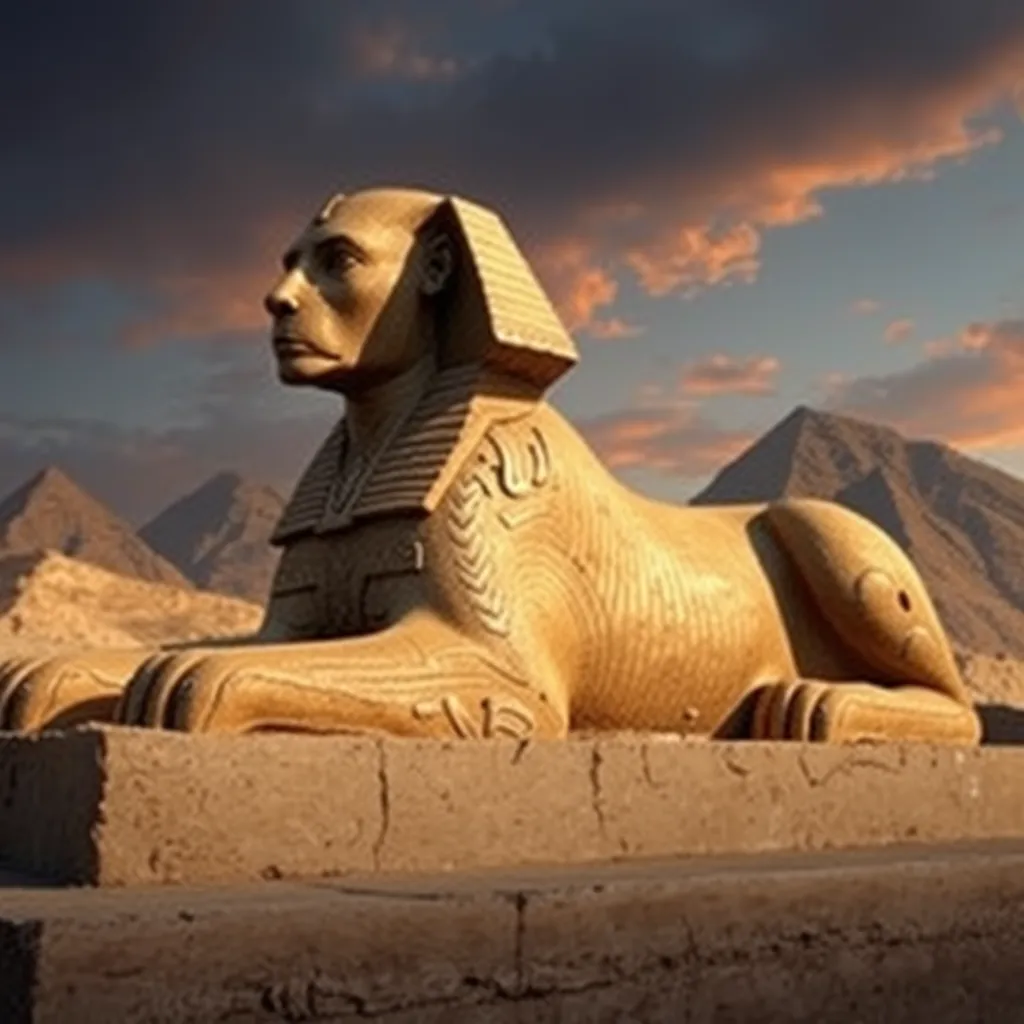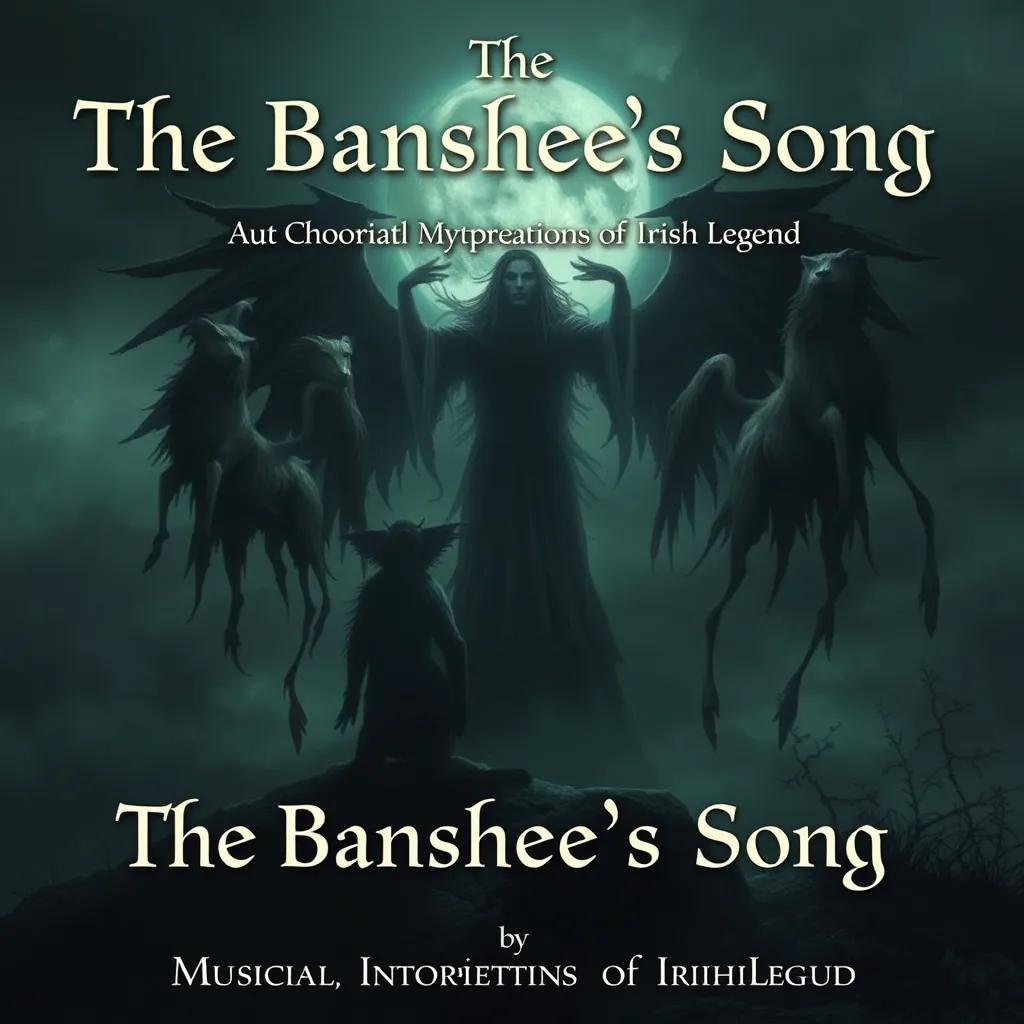Goblin Redemption: Exploring Stories of Goblin Transformation and Growth
I. Introduction to Goblin Mythology
Goblins have long been a staple in folklore and mythology across various cultures. From the mischievous creatures of European fairy tales to the malevolent beings in Asian legends, goblins embody a wide array of characteristics and roles. Their depictions often include traits such as cunning, greed, and a penchant for trickery, leading many to view them predominantly as villains.
Common stereotypes depict goblins as small, ugly, and malevolent beings, often associated with darkness and mischief. However, the narratives surrounding goblins can vary significantly; in some cultures, they are seen as guardians of the earth or bringers of fortune. The significance of transformation narratives in folklore becomes evident as these stories often illustrate the potential for change, redemption, and growth, challenging the static nature of goblin stereotypes.
II. The Archetype of the Misunderstood Goblin
Historically, goblins have been portrayed as villains, serving as obstacles for heroes in various tales. Their roles often reinforce negative stereotypes, positioning them as greedy creatures who steal and cause trouble. However, the introduction of the “misunderstood” goblin trope has begun to reshape this narrative.
This new archetype invites audiences to reconsider their notions of goblins. Characters such as Gizmo from the Gremlins series and Gollum from The Lord of the Rings showcase goblins (or goblin-like beings) who, despite their flaws, evoke empathy and challenge the traditional villain narrative. These representations allow for a more nuanced exploration of goblins in literature and media.
III. Stories of Goblin Redemption in Fiction
Numerous works of fantasy literature feature notable goblin characters who experience transformation and redemption. These characters often embark on journeys that lead them away from villainy and towards heroism.
- Skully from Monster Hunter International – Initially depicted as a villain, Skully evolves into a key ally for the protagonists, showcasing loyalty and bravery.
- Goblin Quest by Jim C. Hines – The protagonist, a goblin named Jig, embarks on a quest that defies stereotypes, portraying goblins as capable of courage and intelligence.
The impact of these narratives is profound, as they allow readers to connect with goblin characters on a personal level. By presenting goblins as multi-dimensional beings capable of growth, authors cultivate empathy and challenge preconceived notions.
IV. Goblins in Pop Culture: Transformation and Growth
The portrayal of goblins in movies and video games further reflects their evolving narrative. In many recent productions, goblins are depicted as complex characters with rich backstories that contribute to their development.
- Hoblin from Harry Potter – Characters like Griphook challenge the idea of goblins as mere villains, instead presenting them as integral to the wizarding world.
- Goblin characters in video games – Titles like World of Warcraft and Final Fantasy feature goblins as quirky yet endearing characters, often with humorous undertones.
The role of humor and empathy in goblin stories is crucial. By infusing comedic elements into their narratives, creators invite audiences to see goblins not just as antagonists but as relatable beings navigating their own challenges.
V. Themes of Identity and Belonging
Exploring goblin identity in redemption arcs reveals the deeper themes of belonging and community. Many goblin characters seek acceptance and understanding, reflecting the universal quest for identity.
The importance of community and acceptance is underscored in stories where goblin characters find their place among other beings. Their journeys often mirror real-life struggles for acceptance and understanding, making their narratives resonate on a personal level.
Transformation in these stories reflects broader themes of personal growth, illustrating that change is possible for anyone, regardless of their background or past actions. These narratives remind us that redemption is attainable and that everyone deserves a chance to change.
VI. Real-World Parallels: Goblins as Metaphors
Goblins serve as powerful metaphors in discussing societal issues. Their portrayal often reflects the struggles of marginalized communities and can highlight themes of prejudice and acceptance.
Through goblin stories, audiences are invited to confront their biases and consider the humanity within characters that are traditionally viewed as “other.” The narratives resonate with themes of discrimination, showcasing the importance of empathy and understanding.
The power of narrative in fostering understanding and empathy is profound. By engaging with stories of goblin redemption, readers and viewers can explore their own biases and learn the significance of acceptance and compassion in their lives.
VII. The Future of Goblin Narratives
Emerging trends in storytelling indicate a shift towards more inclusive and complex representations of goblins. As creators continue to explore the depth of goblin characters, we can expect to see narratives that emphasize transformation and growth.
Predictions for the evolution of goblin characters in future media suggest a move away from static villain roles towards more dynamic and relatable figures. This shift opens up possibilities for new stories that inspire hope and transformation.
The potential for new narratives that inspire transformation and growth is vast. As audiences become increasingly interested in stories that challenge stereotypes, the future of goblin narratives holds promise for deeper exploration of identity and belonging.
VIII. Conclusion: The Enduring Appeal of Goblin Redemption
In conclusion, the significance of goblin transformation stories lies in their ability to challenge stereotypes and cultivate empathy. These narratives resonate with audiences, inviting them to explore themes of redemption, identity, and acceptance.
As we reflect on the enduring appeal of goblin redemption, it is essential to recognize the importance of empathy in storytelling. By embracing diverse narratives, we can foster understanding and compassion in our own lives.
We encourage readers to delve into the rich world of goblin stories, exploring the complexities and growth inherent in these fascinating characters. The journey of the misunderstood goblin reminds us that transformation is possible, and that every story has the potential to inspire change.



